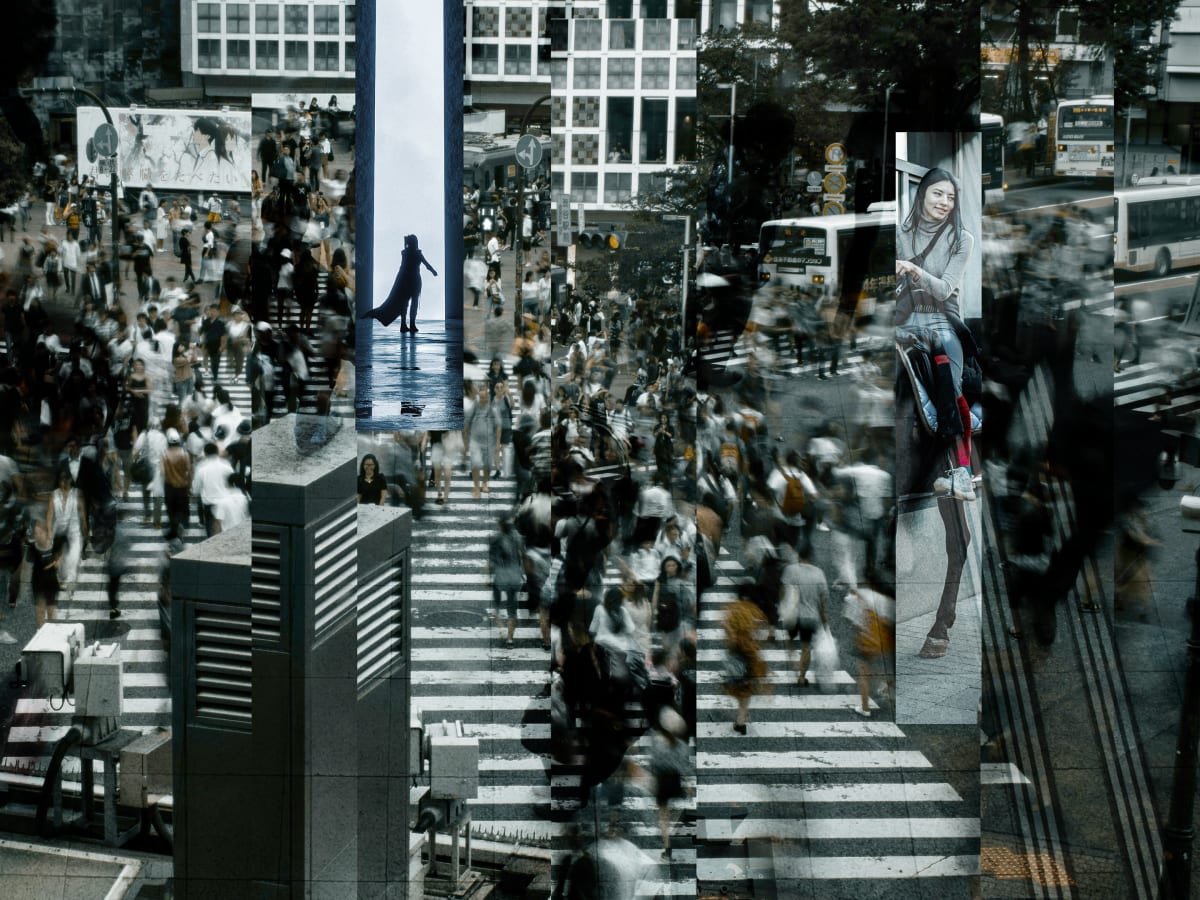Growing economic and political instability is significantly altering how consumers approach spending. The Future Shopper 2025 report highlights that financial pressures such as the cost of living, cited by 32% of respondents, and inflation, mentioned by 13%, are the primary concerns influencing purchasing decisions worldwide. As a result, shoppers are placing greater emphasis on affordability, functionality, and openness when choosing products and brands. n nPolitical turbulence further intensifies financial apprehension: 66% of consumers report feeling uneasy about their economic outlook due to political developments. This unease translates into tangible behavioral shifts—60% are hesitant to commit to large purchases, while 58% are increasing their savings as a safeguard. n nThese dynamics have led to a broader trend of postponing major expenditures, boosting savings, and favoring companies whose values reflect personal beliefs. Notably, 47% of consumers now select brands based on their stance on social or political issues. n nIn response, purchasing decisions are increasingly guided by security, affordability, and ethical alignment. Businesses must therefore appeal to both practical needs—such as price and reliability—and emotional factors like trust and shared principles. n nThe retail sector’s trajectory for 2025 appears cautiously positive, though performance will vary across segments. In the near term, non-essential spending may grow slowly, whereas demand for essentials, budget-friendly retailers, and store-brand products is expected to rise. Long-term trends will hinge on progress in managing inflation, shifts in interest rates, and geopolitical calm in major economies. n nAnalysts project global retail sales to expand by 2–4% in 2025, with emerging regions including India, Brazil, and select Southeast Asian nations leading growth. Mature markets such as the United States and Western Europe are forecast to experience minimal or stagnant growth, while e-commerce adoption levels off following the rapid increase seen during the pandemic. n nSeveral key developments are shaping this evolving landscape: n nIntegration of online and offline shopping channels will continue driving growth, with brick-and-mortar stores gaining renewed importance in customer engagement and order fulfillment. n nOnline marketplaces will maintain dominance in digital sales, but brands are expected to strengthen direct-to-consumer platforms to foster loyalty and reduce reliance on third parties. n nArtificial intelligence and automation will enhance efficiency in operations, enable personalized experiences, and improve supply chain robustness. n nPhysical retail spaces will increasingly focus on immersive experiences designed to deepen customer relationships. n nUltimately, success will favor organizations that can swiftly adapt, seamlessly merge digital and physical offerings, and meet rising expectations for both economic value and ethical integrity. n— news from VML n
— News Original —nEconomic & political uncertainty: Reshaping spending habitsnEconomic and political instability is reshaping consumer behavior in profound ways. According to The Future Shopper 2025, cost of living (32%) and inflation (13%) are the top financial stressors globally, driving shoppers to prioritize value, practicality, and transparency in every purchase. Political volatility compounds this caution: n n66% of consumers say political events make them anxious about their financial future. n n60% are more nervous about making major purchases. n n58% are saving more as a precaution. n nThis climate has shifted spending patterns toward delayed big-ticket purchases, increased savings rates, and a preference for brands that align with personal values – with 47% now choosing companies based on political or social alignment. n nIn short, uncertainty is pushing consumers toward risk-free, values-aligned, and price-justified purchases. Brands must address both the rational (value, security) and emotional (trust, alignment) sides of the decision-making process. n nThe retail outlook for 2025 is cautiously optimistic but highly segmented. In the short term, discretionary categories are likely to see slower growth, while essentials, value retail, and private labels will outperform. Mid-term stability will depend on inflation control, interest rate movements, and political stability in key markets. n nIndustry analysts forecast that global retail sales growth will hover between 2–4% in 2025, with emerging markets such as India, Brazil, and parts of Southeast Asia driving much of the expansion. Developed markets like the US and Western Europe are expected to see flat to modest growth, with ecommerce penetration stabilizing after pandemic-era surges. n nKey trends shaping the outlook: n nOmnichannel integration will remain a growth driver, with physical retail playing a stronger role in brand engagement and fulfilment. n nMarketplaces will continue to dominate online share, but brands will invest more in direct-to-consumer channels to build loyalty and reduce dependency. n nAI and automation will accelerate operational efficiency, personalization, and supply chain resilience. n nExperiential retail will grow as brands use physical spaces to create immersive, loyalty-building experiences. n nOverall, the winners will be those who can adapt quickly, blend physical and digital seamlessly, and meet heightened consumer expectations for both value and values.
